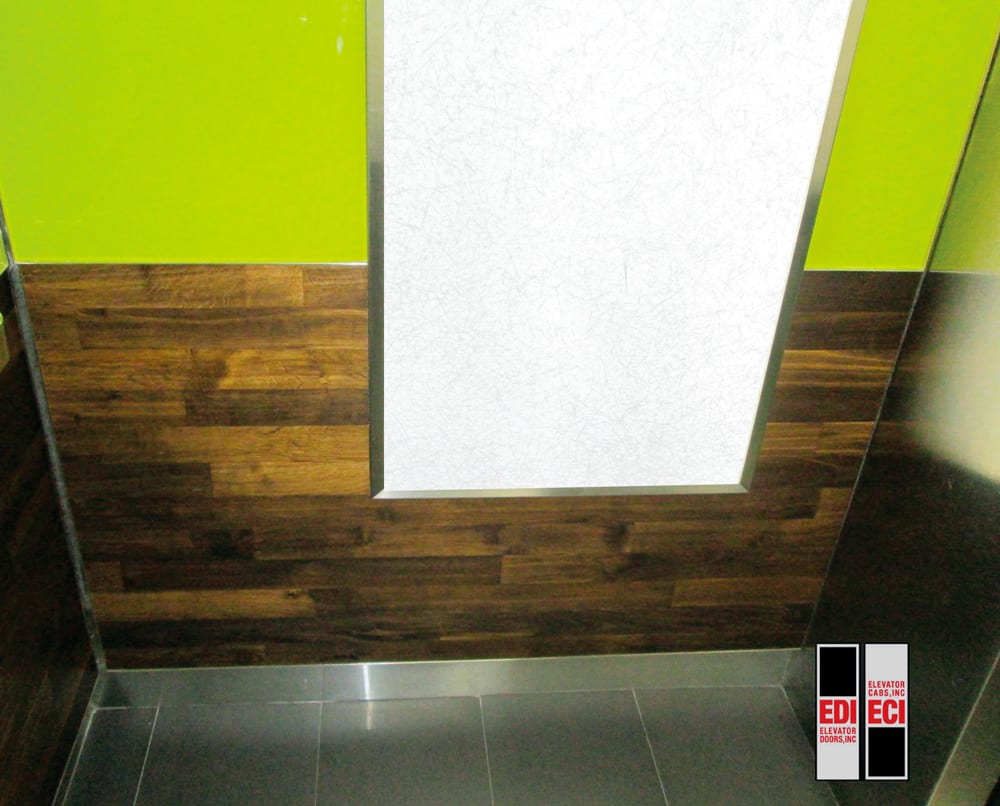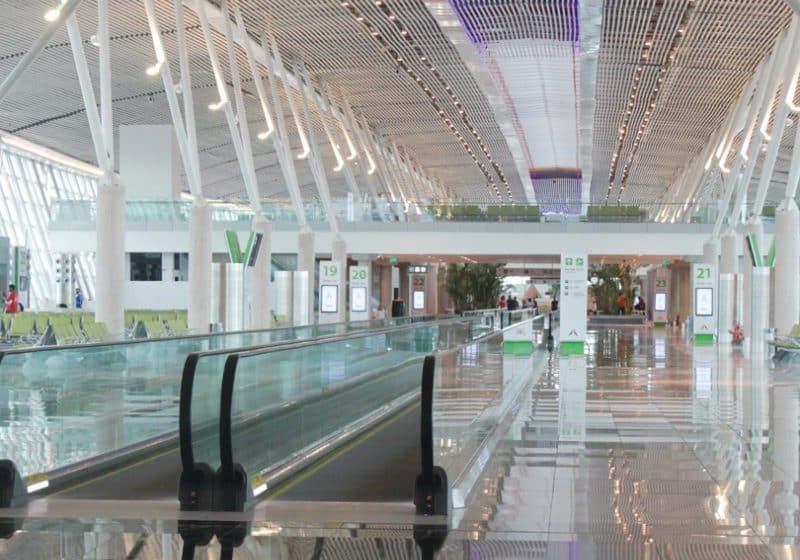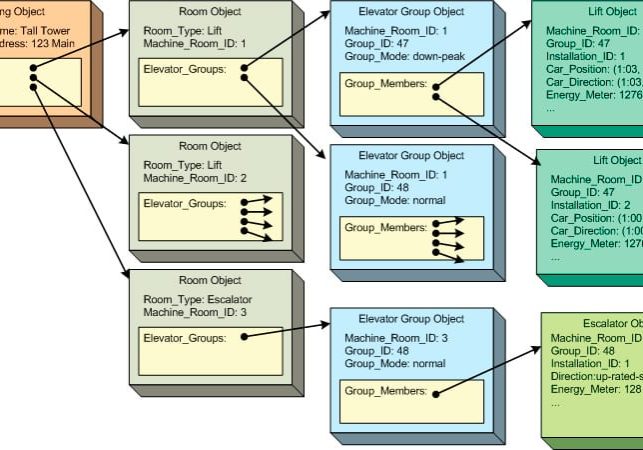Redefining the Limits of Cab Lighting
Aug 1, 2014

EDI/ECI uses incremental innovation in LED technology to create new line of illuminated wall and ceiling panels.
submitted by EDI/ECI
When Denihan Hospitality Group engaged EDI/ECI of Paterson, New Jersey, to help design elevators for its Affinia© line of hotels in New York City (NYC), Denihan wanted the units to be as intriguing as the rest of its properties. It has five NYC hotels, each with their own personality and style. Through close collaboration with the client, EDI/ECI developed the Aurora line of illuminated wall and ceiling panels. The architectural line of dimmable, customizable panels offers a range of effects. These include panels that incorporate soft, warm lighting and organic materials, as well as ones with cool lighting and modern design elements, depending on the ambience a client wants. Chris Taukus, vice president of Marketing/Business Development at EDI/ECI, recalls:
“We were originally contracted to do the Affinia Shelburne. The Aurora panel concept evolved from that original project. They wanted to keep a similar theme, but change the materials and color to reflect the feel of a sister property, the Affinia Dumont. The Denihan design representatives spoke about what they wanted to see in concept, and we suggested pairing the new materials with lighting to showcase the product we wanted to incorporate. We started making a prototype to see what could be achieved, meeting at the Denihan headquarters on 5th Avenue [in NYC].”
When a passenger enters a typical elevator, there is a good chance he or she will encounter a standard lighting system, often comprised of down lights, direct or indirect linear fixtures, or both. The technology of these lights has evolved over time, progressing from larger incandescent or fluorescent fixtures to low-voltage halogen units to compact LED fixtures present in many newer elevator cabs. Although fixtures and light bulbs have evolved with technology over the past two decades, schematics have remained largely the same: Lights in or around a ceiling, pointing up or down. Taukus observes: “EDI/ECI has taken advantage of recent advances in LED technology to challenge the typical lighting concept.”
Rather than enhancing the design like traditional elevator lighting, Aurora panels become part of it, blending form and function, he says. The Affinia Dumont project used 75-in. panels with imbedded fiberglass strands, designed to create a portal effect when entering the elevator. The panels travel up the wall, across the cab’s ceiling, and back down the other side.
The panels were designed to seamlessly intersect with the cab’s custom-colored glass and wood accents, while maintaining and preserving interior dimensions. They are incredibly thin, enabling them to be used almost anywhere in a cab, Taukus says. For cab remodeling, a thin profile presents an opportunity to reclaim cab height from traditional ceiling systems. “Most clients are elated when presented with a design that gives them back 5 or 6 in. of cab height, especially if there is no dedicated freight car,” he adds.
Elevator cabs are not the only places Aurora panels have been implemented. They have also been incorporated into lobby entrance frames, creating unique up and down lanterns embedded in door jambs, in lieu of traditional lobby indicators.
Elevator cabs are not the only places Aurora panels have been implemented. They have also been incorporated into lobby entrance frames, creating unique up and down lanterns embedded in door jambs, in lieu of traditional lobby indicators. The panels are available in a vast array of color and pattern combinations. The ones used in the Dumont are constructed of low-iron laminated architectural glass from Bendheim and fire-treated, custom-finished wood from Junckers, Taukus says. Aurora’s versatility appeals to clients, he says, noting the panels may be used in walls, ceilings or both. They can also be used in conjunction with traditional lighting to enhance a cab’s overall design, or as a standalone light source. Aurora continues to evolve, Taukus says, noting: “Soon, we will be launching a variation of the product that is dimmable within the cab with a wireless handheld rocker switch. So, there will be no more calling the elevator mechanic to dim the lights!”
Get more of Elevator World. Sign up for our free e-newsletter.









